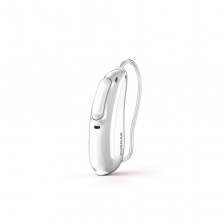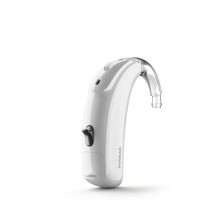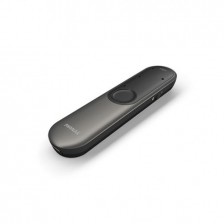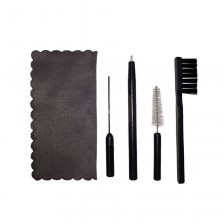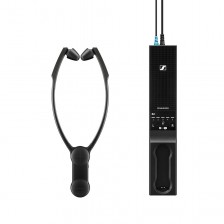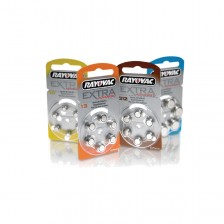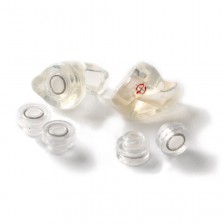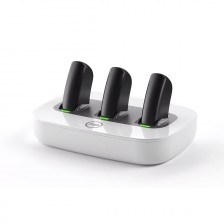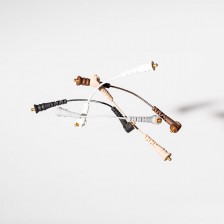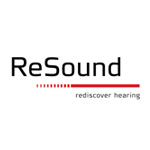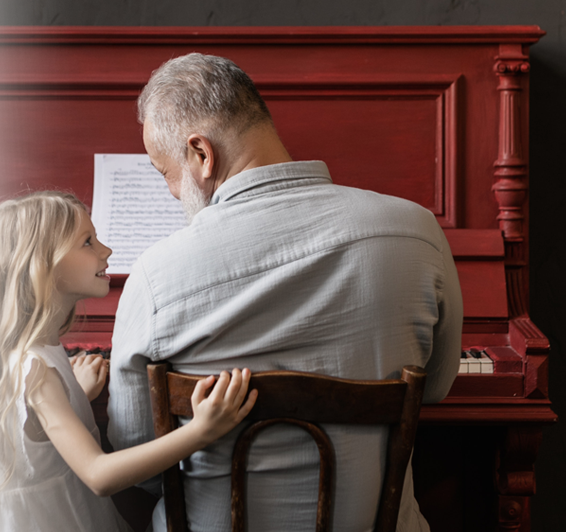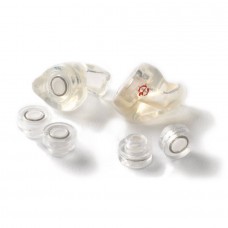How to listen to music safely for your ears


Sounds and noises make the world interesting and vibrant. And sound can help us turn it off too. But how do we keep our hearing safe? Read on for our expert advice.
At Claso we're music lovers and, with our headphones on, we can disappear into a podcast or relaxing music, or isolate ourselves into a crowded train. But so much sound can also damage our hearing.
Today, 466 million people live with disabling hearing loss. And the World Health Organization (WHO) predicts that by 2050, 900 million people could have hearing loss.
That's why the WHO has published a report entitled Make Listening Safe, which aims to help you avoid noise-induced hearing loss, which we talked about in detail on another posts.
So the question we ask ourselves is how can we make sure that listening to music is safe for our hearing health? Here are some tips and recommendations from the experts.
We love our headphones
We all love our devices. Today, it's normal to see people with earphones in their ears or headphones in their heads. They allow us to be in our own world without disturbing others, while we learn or relax.
However, it’s important to keep the volume at a safe level. According to the WHO, we insist, the sound intensity produced in the headphones can reach the same level as in a rock concert.
In fact, 1.1 billion young people around the world are also at risk of hearing loss due to unsafe listening practices*.
Ø Tip for safe hearing: If your device has a colour indicator to show when the volume is approaching dangerous levels, make sure it isn’t red.
What is a safe volume level for headphones?
So what is safe listening? Safe listening levels depend on different things, but we'll start with volume levels.
At the lower end, in green, we have safe sounds like a normal conversation or a vacuum cleaner.
Eighty-five decibels is the level that can begin to affect hearing after long exposure to continuous sound. The output of personal audio devices can range from 75 dB to 136 dB.
Ø Tip for safe hearing: Download a sound level app (such as Sound Meter) for your smartphone to get an indication of the sound level where you are.
It's not just the volume, it's the duration
When sound levels reach 85 decibels - the level of a busy road - the amount of time you're exposed to it begins to matter. The maximum safe exposure time is eight hours below 85 decibels.
But once the sound level reaches 104 dB produced in some nightclubs and bars, and by some power tools like chainsaws, it only takes 15 minutes to run the risk of hearing damage.
Ø Tip for safe hearing: When listening with headphones for long periods of time, take special care to ensure that the volume level is safe.
Are there warning signs for hearing loss?
Wouldn't it be great if we could notice or feel when our hearing is in danger?
Unfortunately, there is no reliable way to know for sure if you are in danger of suffering a hearing loss. However, there are some warning signs that you should definitely not ignore.
3 warning signs that your hearing may be in danger
1. Ringing in the ears, also known as tinnitus. If your ears buzz or whine after a noisy event, it is a clear indication that they have been exposed to loud sounds.
2. Another warning sign is "muffled" hearing, known as temporary hearing loss. This may occur after a noisy event such as a music concert, or going to the movies, or even a zumba or acro yoga class.
3. The surrounding sounds may be too loud if you and the people around you need to raise your voice to be understood.
Ø Tip for safe hearing: If you notice any of these warning signs, avoid loud noises until your hearing has returned to normal, and use hearing protectors the next time you put yourself in a similar situation.
3 ways to prevent hearing loss
Good news. Noise-induced hearing loss can be prevented. You simply need to be aware of your noise exposure and try to minimize it whenever you approach dangerous levels.
1. Use well-fitting headphones and noise-cancelling headphones. Because a good setting prevents the sound from filtering out, they allow you to hear the chosen audio clearly without having to turn up the volume to dangerous levels.
2. Use earplugs (and adjust them correctly). If you know you're going to be in a noisy place or doing a noisy activity, wear earplugs. Well-placed earplugs can help significantly reduce the level of exposure, up to 45 decibels.
Ø Protect your hearing
3. Take breaks to listen
Whether you're in a noisy place or absorbing an audiobook during a long flight, it's a good idea to give your ears a break from time to time. This reduces their continual exposure and gives your ears a chance to recover.
And finally... monitor your hearing health!
A hearing test allows you to see how you are hearing right now. This gives you peace of mind and an idea of any hearing challenge of which you are not aware. Regular hearing screenings allow you and your hearing care professional to track the evolution of your hearing over time and treat it appropriately.
Claso encourages you to put these tips into practice from now on, and if you still have any doubts, don't hesitate to contact us!
*World Health Organization (WHO), Fact sheet on deafness and hearing loss - March 2018


